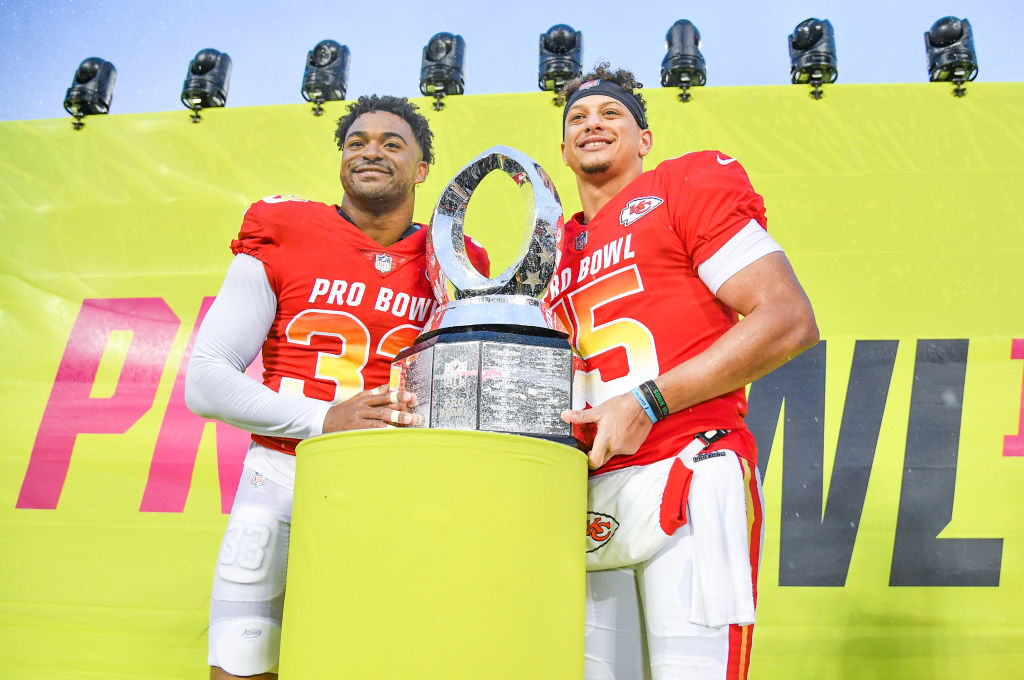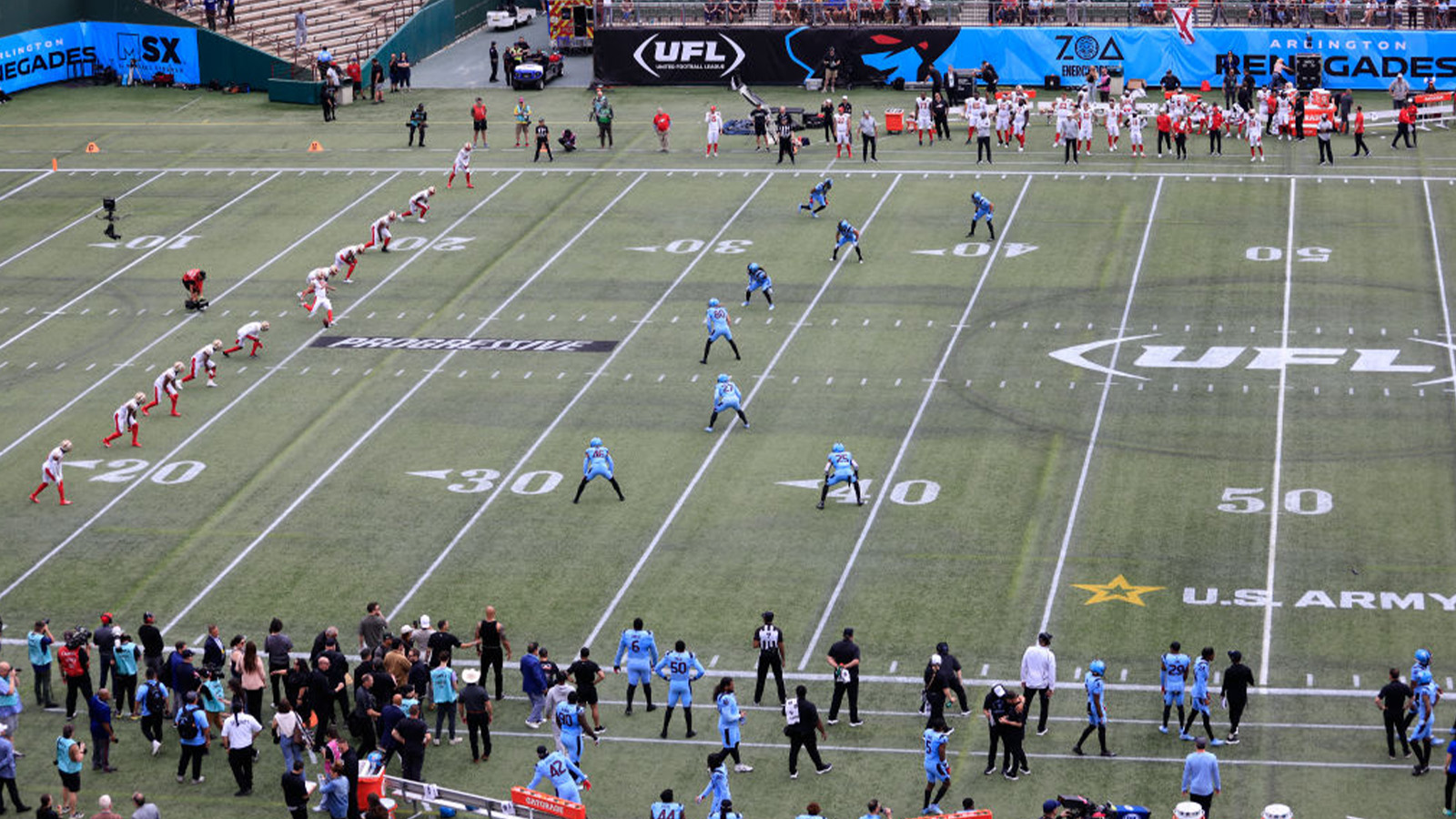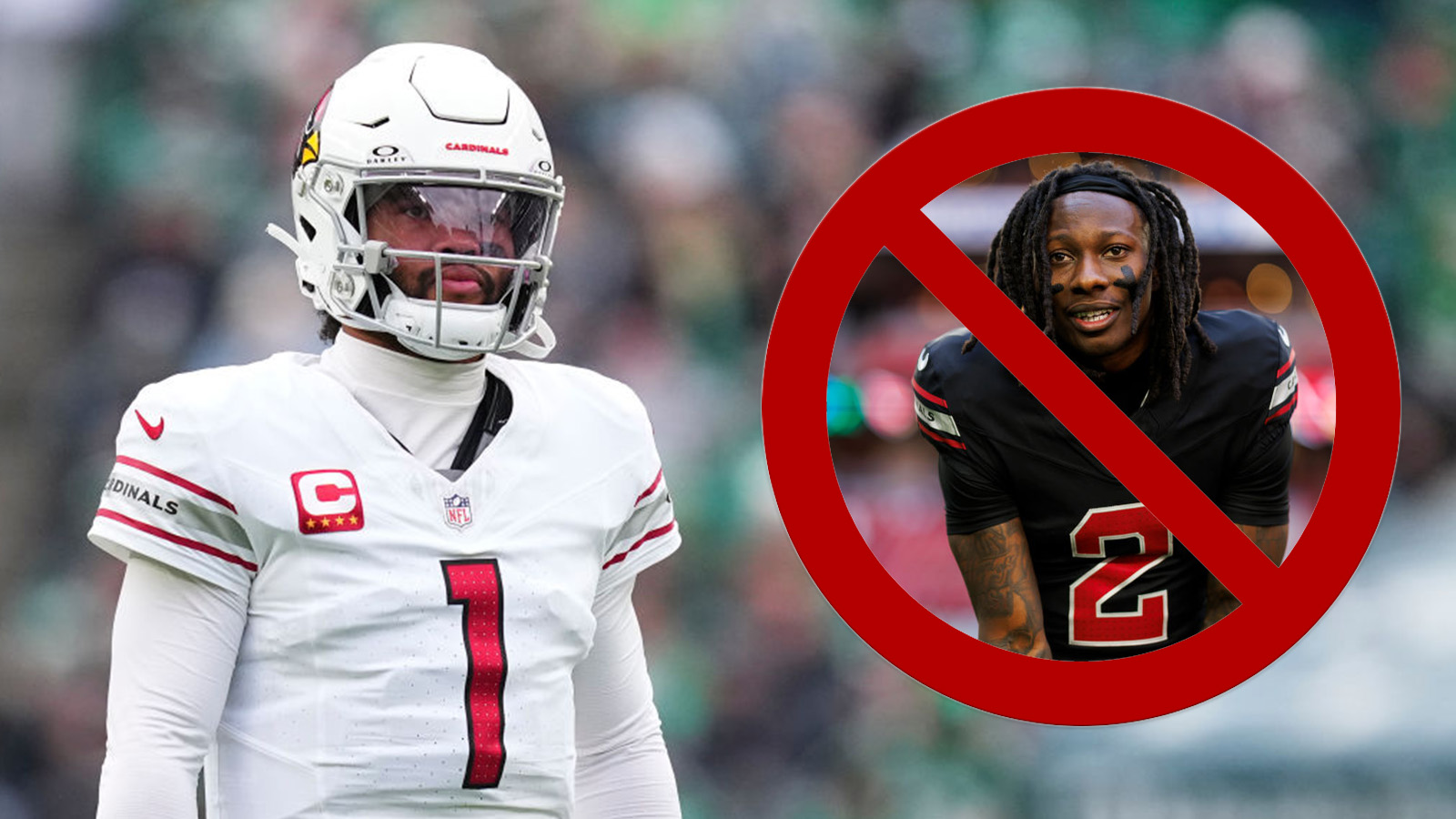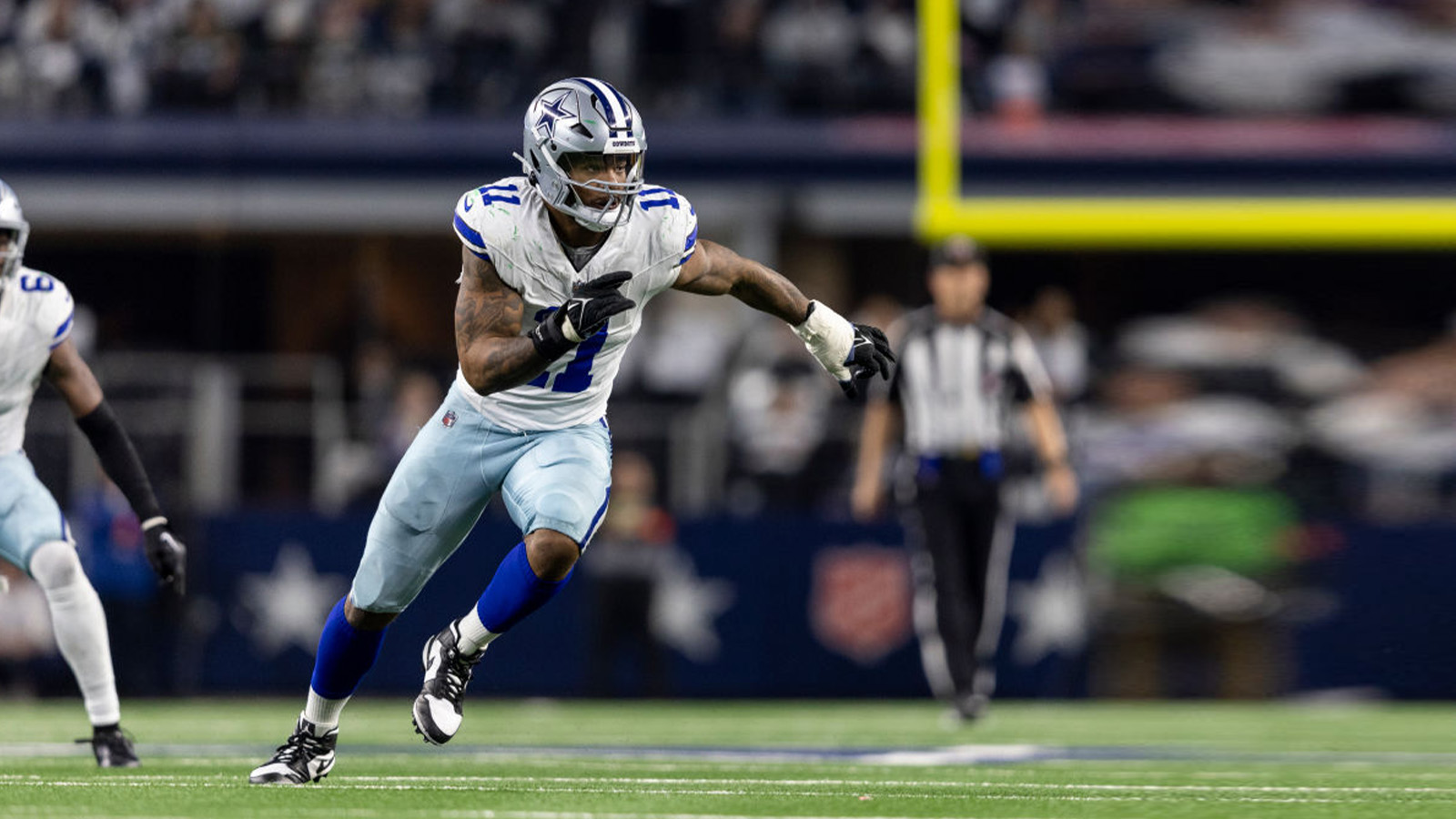
Why Did the NFL Pro Bowl Move from Hawaii to Orlando?
On paper, all-star games should be fun. Everyone loves to watch star athletes strut their stuff; all-star games remove any pretenses and shine the spotlight on the league’s elite players. In reality, however, things are quite different. The NFL Pro Bowl, for example, struggles to attract star players and even the most devoted football fans.
For decades, the Pro Bowl took place in Hawaii; even if the football wasn’t great, players and fans could enjoy a tropical vacation. In 2017, the game moved to Orlando, Florida. What motivated the NFL to make that switch, trading the Aloha State for the Sunshine State?
The History of the Pro Bowl
While the NFL might have grown into an all-conquering commercial behemoth in recent years, the Pro Bowl has existed for quite a while. The early games, however, were different than what we have today.
The first NFL All-Star Game took place in 1939 when the champion New York Giants faced off against a combined team consisting of all-stars and players from smaller, local leagues in Los Angeles. That game, which would eventually take place in New York and Philadelphia, was supposed to be an annual affair, but World War II put an end to those plans.
The All-Star Game returned in 1950, closer to the format we know today, with teams representing the two conferences battling for victory. Those games started out at the Los Angeles Coliseum but bounced around the country for a few years in the 1970s. In 1979, however, the Pro Bowl took place in Hawaii’s Aloha Stadium, and that venue became part of the event; no matter what happened in a given NFL season, the Pro Bowl was always in Hawaii.
In recent years, however, the Pro Bowl started changing. In an effort to spice things up, the NFL briefly instituted a player draft rather than forming teams based on conferences; the game itself also moved to the weekend before the Super Bowl and started moving around. While the Pro Bowl returned to Hawaii after one-off trips to Florida and Arizona, that tradition would come to an end with the 2016 NFL season. Since January 2017, the NFL’s All-Star Game has taken place in Orlando, Florida.
Why did the game move from Hawaii to Orlando?
For all of the NFL’s commercial might, the Pro Bowl has never really attracted a great deal of attention. While that can mostly be boiled down to the nature of the game—since no one wants to get hurt in an exhibition, the Pro Bowl lacks a great deal of intensity—the league has tried to shake things up in other ways.
In 2013, 2014, and 2015, the Pro Bowl changed formats. Rather than having an AFC and NFC team, two Hall of Famers got to draft their squads as if they were playing on the schoolyard. That structure didn’t really make much of a difference, though, and the game reverted back to normal after three seasons.
The move from Hawaii to Orlando also has similar motivations. Orlando, of course, is the home of Walt Disney World; since ESPN holds the rights to the Pro Bowl, they have tried to bring the two properties together to create more buzz around the event. Throughout the week, fans can attend all sorts of events at Disney’s Wide World of Sports, ranging from team practices to the Pro Bowl Skills Showdown.
The Pro Bowl needs more than a change of location to be relevant
First off, it’s worth noting that relevant is a bit of a loaded word. While most football fans might not pay attention to the Pro Bowl, it still does well, all things considered, in the ratings. The game doesn’t hit the heights of a normal NFL game, but still outperforms most other sporting events.
With that being said, however, the Pro Bowl still isn’t appointment viewing. All-Star games are supposed to be fun diversions, where the best parts of the sport, like slam dunks and home runs, are highlighted; the NFL, however, gives us a product that’s watered-down in the worst possible way. If you’re going to play an ersatz version of football, you might as well go all the way and embrace it.
There are plenty of problems with the Pro Bowl, ranging from the scheduling to the realities of translating football into an exhibition event. The game’s location, however, was never an issue. Moving the game from Hawaii to Orlando, Florida, might make sense from a business perspective, but it hasn’t helped change the product on the field. At the end of the day, that’s what we’re tuning in to watch.



